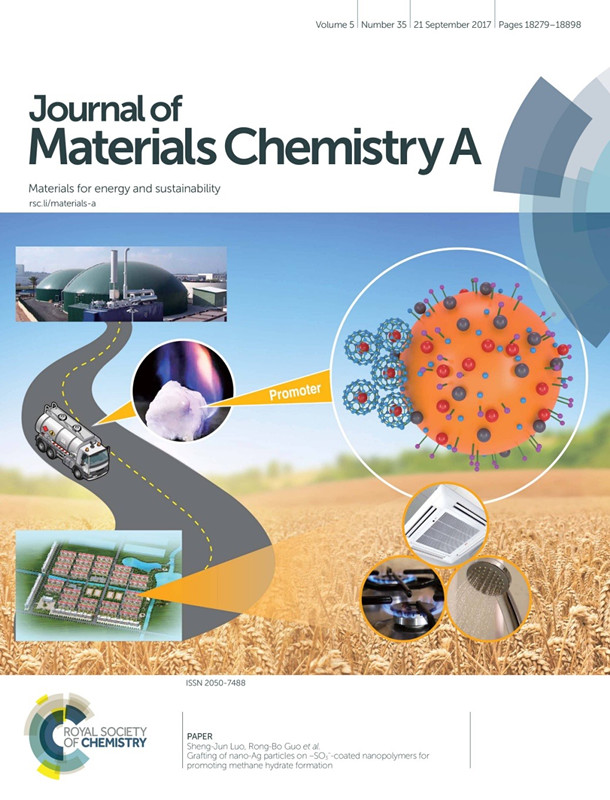
Natural gas hydrates, also called combustible ice, are formed with natural gas and water molecules at suitable pressure and temperature. As a clean and efficient alternative energy source, they produce great potential in natural gas storage and transportation, which has caused great attention during the past decade.
The estimated amount of natural gas hydrates is equivalent to more than twice of fossil fuels. How to achieve the rapid formation of natural gas hydrates together with high storage capacity is critical to the industrial application. Various materials have been applied as promoters for gas hydrate formation, such as surfactants, nano-metal particles, porous materials, etc., among which, surfactants (e.g. sodium dodecyl sulfate - SDS) aroused the most attention.
The research team led by GUO Rongbo from Qingdao Institute of Bioenergy Bioprocess Technology of Chinese Academy of Sciences has been focusing on natural gas hydrates promoters. Recently, they used polymer nanospheres as the carrier and grafted the functional group of SDS (-SO3-) and nano-Ag particles on the surface of the nanospheres via emulsion polymerization and electrostatic adsorption & in situ reduction to prepare novel nano-promoter for gas hydrate formation.
As grafted on the surface of the nanospheres, the -SO3- and nano-Ag particles can exist in the liquid phase more stable and contact with the water and gas molecules more efficiently. As a result, the nano-promoter reduces the hydrate formation period from days even weeks when pure deionized water was used to 40-60 min with the storage capacity reaching about 150-160 v/v.
The nano-promoter successfully avoids the foam generation during hydrate dissociation when surfactants are applied and therefore produces very efficient recycling performance in at least 10 cycles of hydrate formation-dissociation.
This study was published in Journal of Materials Chemistry A and highlighted as the inside front cover. It was funded by the China Postdoctoral Science Foundation funded project, Shandong Provincial Natural Science Foundation, Shandong Province Key Research and Development Plan and Natural Science Foundation of China.

Figure: Schematic diagram of above work highlighted in the inside front cover in Journal of Materials Chemistry A (Image by WANG Fei)

86-10-68597521 (day)
86-10-68597289 (night)

86-10-68511095 (day)
86-10-68512458 (night)

cas_en@cas.cn

52 Sanlihe Rd., Xicheng District,
Beijing, China (100864)

